Festival de la Cultura de la Realeza (궁중문화축전)
5.7Km 2025-06-27
Sajik-ro 161, Jongno-gu, Seúl
1522-2295
Los bellos palacios tradicionales tienen un gran valor como patrimonios tangibles e intangibles de la nación. En combinación con la tecnología más avanzada y toques artísticos, el Festival de la Cultura de la Realeza se celebra en los cuatro principales palacios antiguos de la ciudad: Gyeongbokgung, Changdeokgung, Deoksugung, Changgyeonggung y Gyeonghuigung; y también el Santuario de la Realeza Jongmyo. Disfrute del ambiente primaveral a la vez que conoce sobre la tradición de la realeza y los palacios de Corea.
Templo Gilsangsa en Seúl (길상사(서울))
5.7Km 2025-04-02
Seonjam-ro 5-gil 68, Seongbuk-gu, Seúl
El templo Gilsangsa está situado en el distrito de Seongbuk-dong, del norte de Seúl. Fue construido en el recinto del famoso restaurante Daewongak, cuya dueña donó la propiedad al venerable monje Bupjeong (1932-2010), que fue la persona que transformó el lugar en este templo inaugurado en 1997. Aunque Gilsangsa tiene una historia relativamente corta, está muy bien situado en el centro de Seúl, por lo que atrae muchos visitantes tanto nacionales como extranjeros. El templo también sirve como lugar cultural, ya que ofrece diversos programas como enseñanzas budistas, y estancia en templo. Las construcciones Gilsang Seonwon (centro zen) y la Casa el Silencio están dedicadas a la meditación. Gilsang Seonwon ofrece habitaciones para que mediten budistas con experiencias, mientras que la Casa del Silencio está abierta al público en general. Gilsangsa también tiene una sede en París.
Parque Waryong (와룡공원)
5.8Km 2022-05-02
Waryonggongwon-gil 192, Jongno-gu, Seúl.
Es un parque inaugurado en el año 1984, que se encuentra ubicado en el barrio de Myeongnyung-dong, distrito de Jongno-gu, Seúl. Lo encontrará bajando desde la roca Malbawi, por el camino de la Muralla de Seúl. En sus cercanías están ubicados los parques: Samcheong, Changgyeong, y el Parque Natural del Monte Bugaksan. Presenta la forma de un dragón acostado, que es de donde proviene el nombre “Waryong” (significa dragón acostado según los caracteres chinos).
La poca profundidad de tierra que tenía el parque dificultaba la forestación, por lo que solo disponía de algunas acacias. Pero mediante la participación de los ciudadanos en una campaña de plantar mil árboles, se ha logrado convertirlo en un parque verde y abundante.
En particular, en la época primaveral se cubre de flores de todo tipo: de la colza, del albaricoque, de la azalea, de la forsitia, etc., y consta de instalaciones deportivas como campo de bádminton, centro de aeróbics y gimnasio, entre otros.
Sendero Forestal de la Línea Gyeongui (Yeontral Park) (경의선숲길(연트럴파크))
5.8Km 2023-08-11
Donggyo-ro 51-gil 133, Mapo-gu, Seúl
Museo Nacional de los Palacios de Corea (국립고궁박물관)
5.8Km 2023-02-20
Hyoja-ro 12, Jongno-gu, Seúl.
Inaugurado en 1992 bajo el nombre de Museo Real, el actual Museo Nacional de los Palacios de Corea expone reliquias de la dinastía Joseon (1392-1910). Aquí se presentan cerca de 20.000 reliquias reales de los palacios Gyeongbokgung, Changdeokgung y Changgyeonggung así como las del santuario Jongmyo.
1. Símbolos y documentos reales - La dinastía Joseon defendía las ideas confucionistas, el rey estaba considerado como el soberano absoluto y la pareja real representaba, junto con la reina, los padres de todo el pueblo. Para realzar su autoridad, la dinastía hizo fabricar diversos símbolos reales.
2. Ritos ancestrales - Un rito ancestral se llevaba a cabo en el santuario que alberga las lápidas de los reyes y reinas de la dinastía Joseon. Este rito no era solo una ceremonia de culto de la familia real, sino también una fiesta de música y danza celebrada para desear la salvación y la prosperidad eterna del país.
3. Arquitectura del palacio – El palacio era una residencia para el rey y su familia y el centro de política y administración, donde el rey gobernaba el país. El centro del palacio de la dinastía Joseon, según los planos de arquitectura tradicional, comprendía Jeongjeon, el vestíbulo principal como centro de los acontecimientos del Estado y de conversaciones políticas y Pyeonjeon, la oficina del gobierno.
4. Ciencias de Joseon – Durante su primer periodo, la dinastía Joseon intentaba establecer la legitimidad de su fundación y enriquecer el país. Con el fin de cumplir estos ideales, la dinastía promovía como nunca antes dominios tales como la ciencia, la medicina y desarrollaba diversas armas para la defensa nacional.
5. Vida de la familia real – El rey y la reina eran las figuras simbólicas de la dinastía Joseon, pero eran también como el pueblo normal en su vida privada de palacio. El palacio estaba dividido en diferentes secciones: oficina del rey, residencia para la reina, despacho del príncipe heredero. Cada espacio contenía muebles apropiados, que estaban fabricados con materiales de alta calidad según estrictos criterios para la familia real.
Museo de Arte Sungkok (성곡미술관)
5.8Km 2021-02-03
Gyeonghuigung-gil 42, Jongno-gu, Seúl.
+82-2-737-7650
El museo fue inaugurado en el año 1995 en homenaje al maestro Kim Sung-kok, fundador de la compañía Ssangyong. Es una institución pública, cuya finalidad es estructurar el servicio de bienestar social por medio del arte y la cultura. La exposición está enfocada a las obras artísticas que interpretan y reflejan la tradición, las costumbres y el color folclórico de Corea, en un entorno moderno. Más allá de las exhibiciones, también apoya a los nuevos artistas, por medio de proyectos como el “Concurso Artístico de Sungkok”, y el “Artista del Futuro”. Está compuesto por el edificio principal, el edificio anexo y un parque de esculturas. También dispone de una cafetería y una tienda de artículos artísticos.
Hwangsaengga Kalguksu (황생가칼국수)
5.8Km 2025-05-14
78, Bukchon-ro 5-gil, Jongno-gu, Seoul
Museo de las Joyas del Mundo (세계장신구박물관)
5.9Km 2023-10-13
Bukchon-ro 5-nagil 2, Jongno-gu, Seúl
Este museo se encuentra ubicado en la Calle Cultural de Samcheong-dong. Lee Gang-won, titular del museo, es poeta y ensayista. Durante 30 años ha recorrido 60 países y ha coleccionado alrededor de 3.000 joyas, de las cuales el museo exhibe, aproximadamente, un millar. No se tratan de joyas famosas y de alto costo, sino aquellas que poseen un valor especial por su historia.
El primer piso del museo está dividido en las siguientes salas: Sala del Ámbar, que muestra la textura de las eras antiguas del planeta; la Sala del Oro, que enloqueció a los europeos en el siglo XVI; la Sala de los Collares, decorados artísticamente; y la Sala de la Cruz. En el segundo piso, se encontrará con máscaras, anillos, etc., y las impresionantes salas del Marfil y Abalorios y de Joyas Modernas, entre otras.
Dialogue in the Dark (Sucursal de Bukchon) (어둠속의대화 북촌점)
5.9Km 2025-05-12
Gahoe-dong, Jongno-gu, Seúl
Hanboknam (한복남)
5.9Km 2025-07-11
Sajik-ro 133-5, Jongno-gu, Seúl
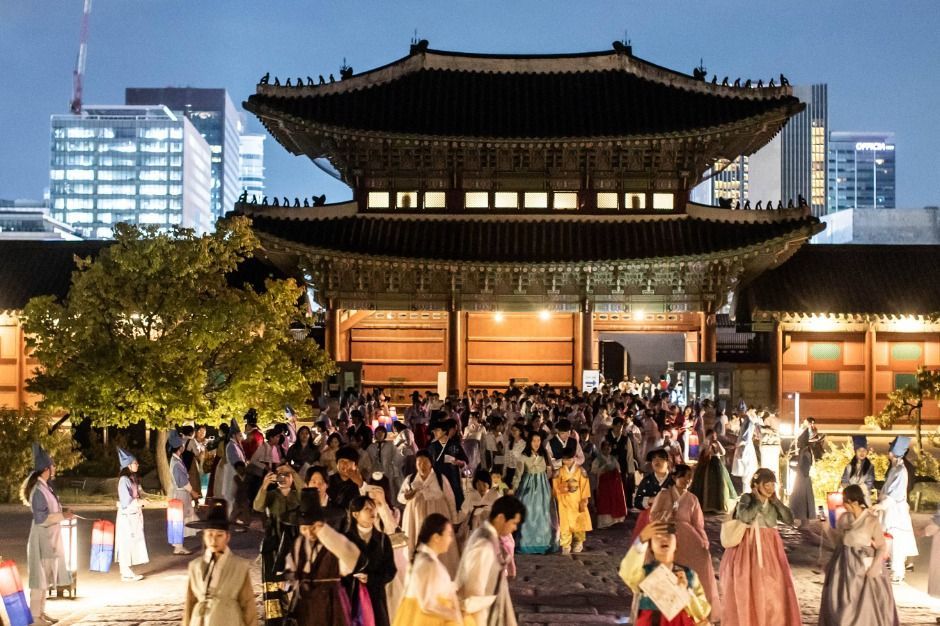
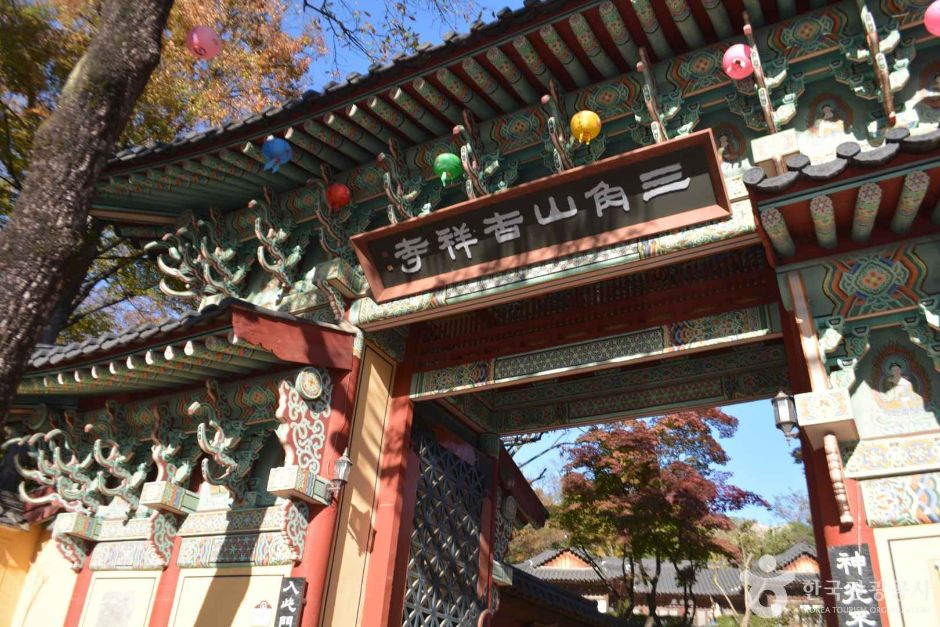
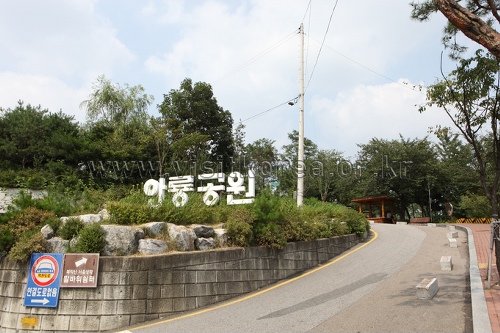

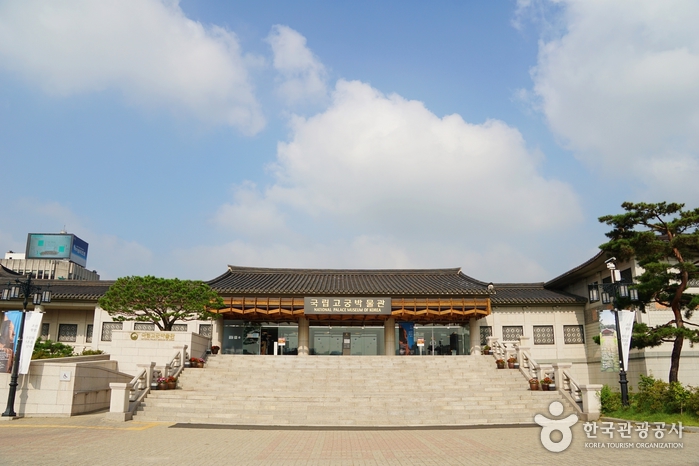
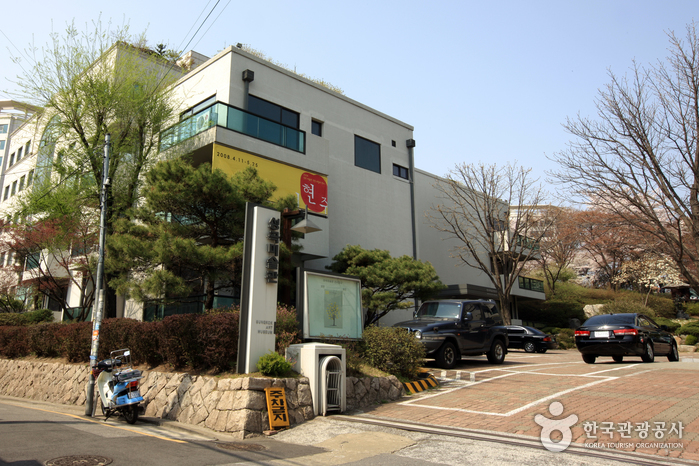
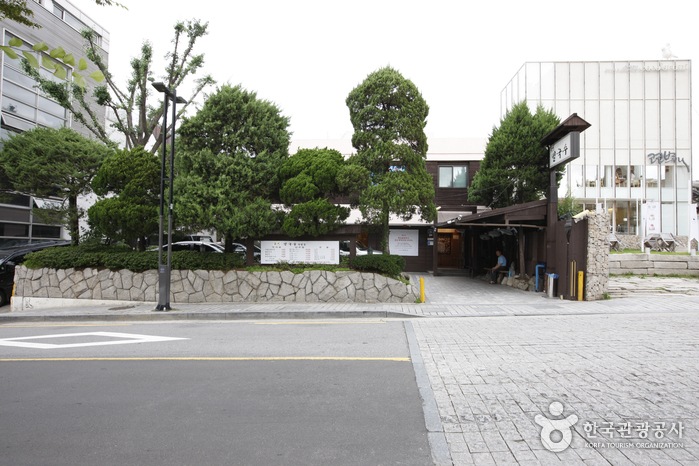
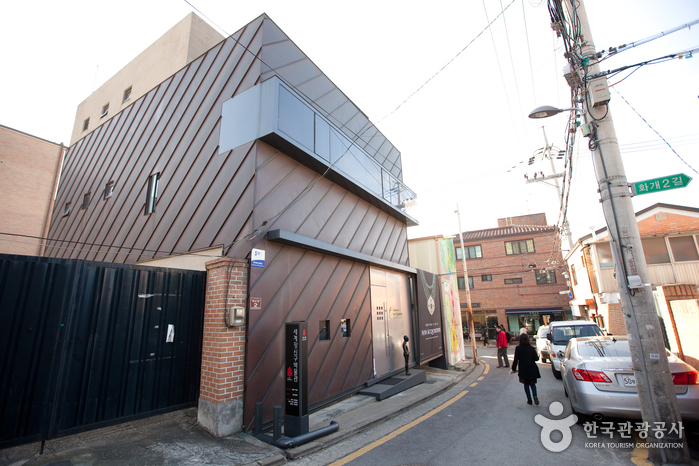
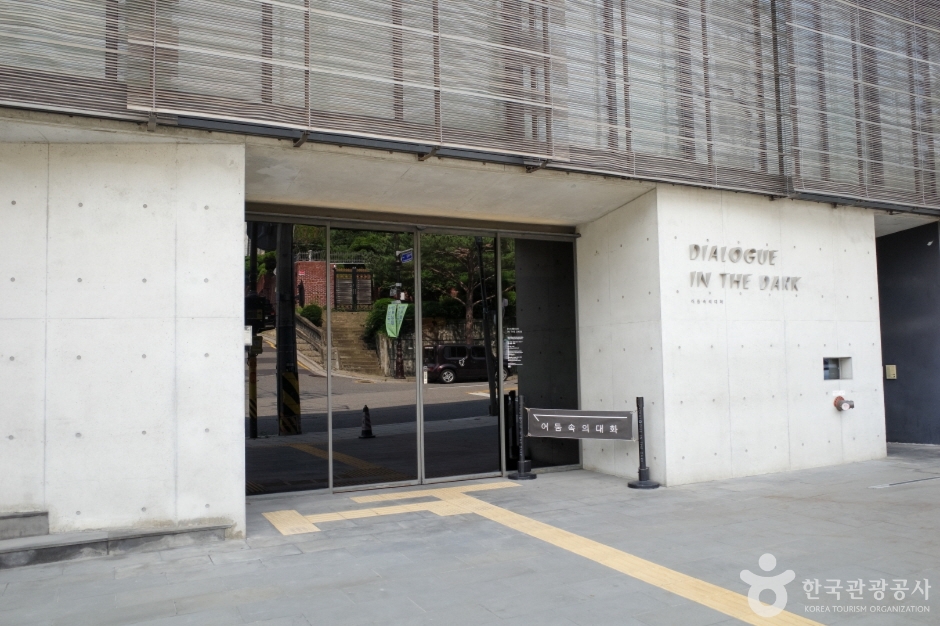
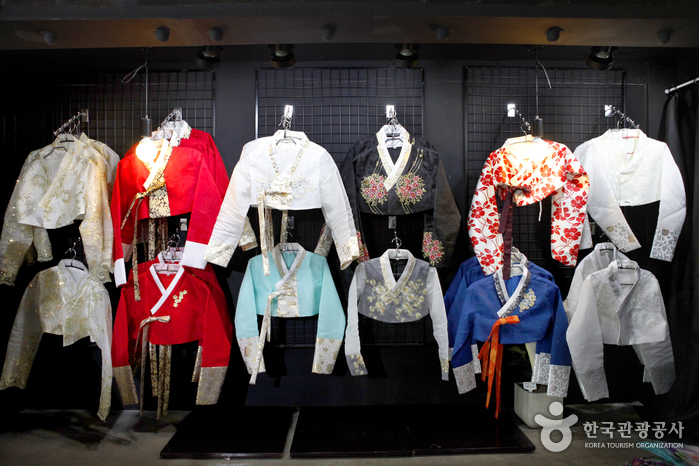
 Español
Español
 한국어
한국어 English
English 日本語
日本語 中文(简体)
中文(简体) Deutsch
Deutsch Français
Français Русский
Русский